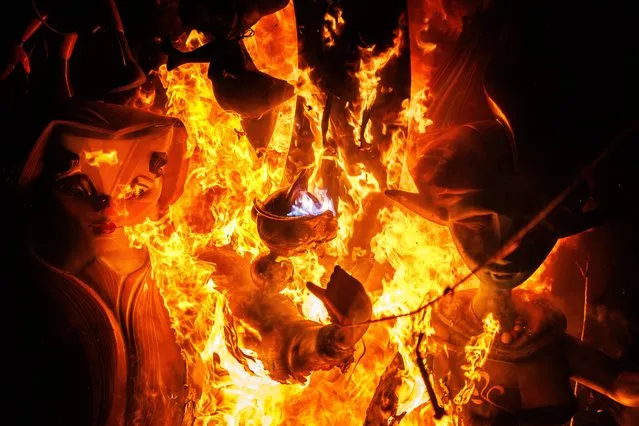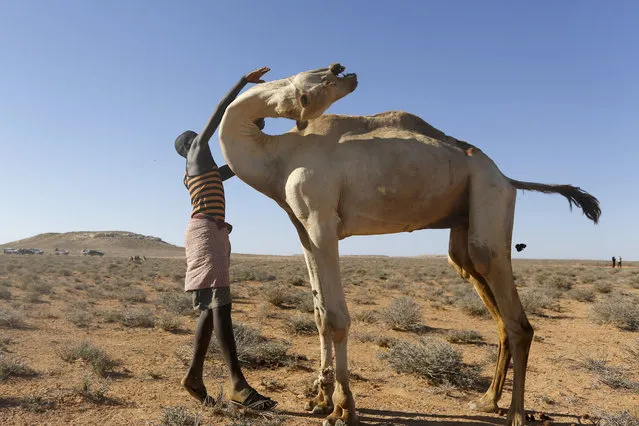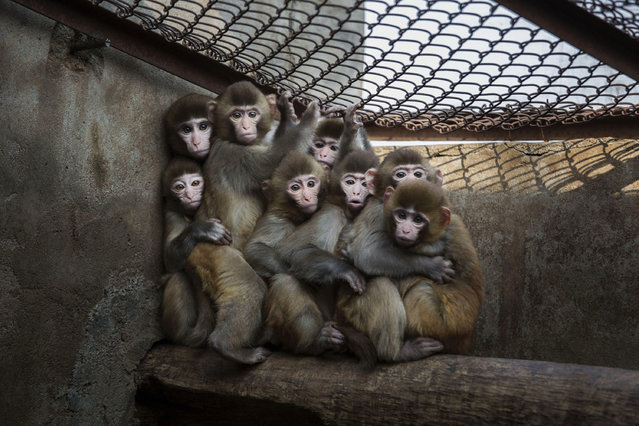
A man falls from a horse at a rodeo exhibition during Tradition Day, aimed to preserve gaucho traditions, in San Antonio de Areco, Argentina, Sunday, November 13, 2022. Tradition Day is celebrated to honor the birth of Argentine writer Jose Hernandez, author of the country's national poem “The Gaucho Martin Fierro”. (Photo by Natacha Pisarenko/AP Photo)
25 Dec 2022 03:27:00,post received
0 comments







